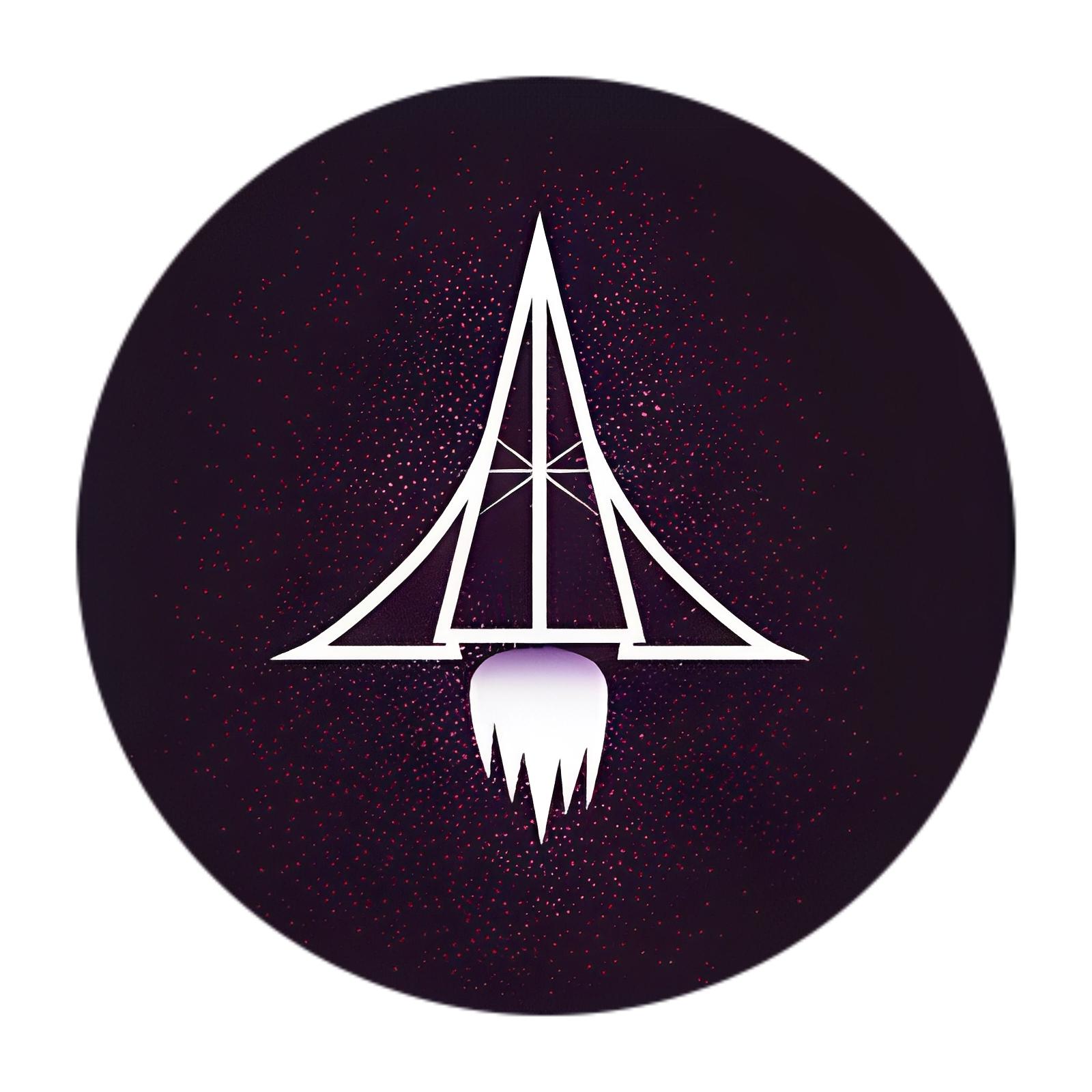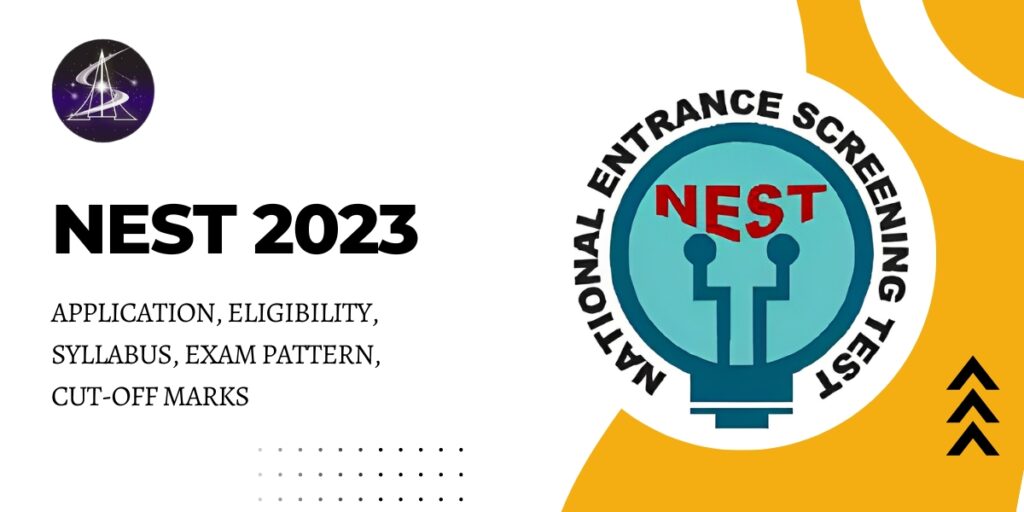The official update about the NEST 2023 examination has been announced and admission to NISER and CEBS has started.
In this blog, we will cover:
- NISER eligibility criteria
- NISER marking scheme,
- Number of seats available in NISER
- NISER examination timing
- How to prepare for NISER
- How is the merit list made for NISER?
Questions like:
- What is NISER?
- What is CEBS?
Will also be addressed.
What is CEBS?
For CEBS, we would recommend the following video or you can check the blog on CEBS here.
What is NISER?
NISER stands for National Institute of Science Education and Research. To pursue engineering, IITs, and NITs are the top colleges an aspirant aims for. Similarly, for becoming a scientist and pursuing a career in research, NISER and CEBS are top research institutes.
There are other institutes with an equivalent objective such as IISERs, IISc, IACS, etc.
The difference between IISER and NISER is that IISERs are established through MHRD while NISER is directly under the umbrella of the Department of Atomic Energy. The department of atomic energy is directly managed by PM Office. Therefore, we can confirm that NISER receives substantial funding, more than any of the IISERs or CEBS.
The students of NISER and CEBS receive a scholarship amount of almost ₹80,000 while paying a gross total fee (hostel fees, semester fees, laboratory fees, examination, etc) of less than ₹20,000 excluding food charges.
Likewise, the students of IISERs receive scholarships though the fee structure of IISERs differs.
Not just hefty scholarships and low fees, the faculty in NISER are great scientists of India that are recognized internationally. For instance, in the field of astrophysics, a professor from the department of Earth and Planetary Science has collaborated with NASA on the project regarding James Webb Space Telescope. The faculty of NISER have professors like Professor Biradar Raj Mohanty who has got the highest science and Research award in India which is the Shanti Swarup Bhatnagar award.
The campus of NISER is grand and equipped with the most advanced instrumentations. Within the first and second years, students get to use instruments which are worth lakhs and crores.
A sum of approximately 3-4 crores is spent on each student and their project which gives us a glimpse of the level of guidance and research exposure a student can perceive.
If we talk about placements, usually students move to foreign countries for their doctorate. Although the number is less, some students complete their PhD in India too.
To experience the beauty of the NISER campus, you can check out this video.
Another perk of being a student of NISER is that if you have a CGPA of at least 7.5, you can directly appear for BARC (Bhabha Atomic Research Centre) interview for posts like a scientific officer.
Therefore, NISER is a great option to consider to pursue research in India in the fields of physics, chemistry, biology, and maths.
Eligibility Criteria for NISER and CEBS:
There are 4 eligibility criteria –
- A student should be on the merit list.
- A student must complete class 12 in 2023, 2022 or 2021. This implies that second droppers can attempt the exam.
- A student should have a minimum of 60% (overall) in class 12. For ST/SC and Divyangjan candidates, the percentage is relaxed to 55%.
- A student should have a date of birth of or after August 1, 2003. For ST/SC and Divyangjan candidates, the age limit is relaxed by 5 years, i.e., on or after August 1, 1998.
For more information, refer to the official brochure.
Note – Please don’t follow any random websites for information on admission/exam pattern/eligibility as those websites may not have been updated for long. For 100% authentic information, follow the official website only!
For other information related to admissions or eligibility criteria, please visit –
Important dates and time:
1. The NEST examination is scheduled to take place on 24th of the June 2023. The examination will take place in 2 sessions –
- 1st session – 9:00 AM to 12:30 PM
- 2nd session – 2:30 PM to 6:00 PM
2. The examination will take place in CBT (computer-based test) mode.
3. The merit list will be released on the 10th of July 2023.
All the updates regarding the form-filling process that address questions like how to fill the form, what are the required documents during form filling and after the qualifying exam, and the whole counseling process will be discussed on SciAstra Youtube Channel.
Exam Pattern and Marking Scheme:
There is misleading information across the internet regarding the general section in the NEST exam, which we addressed here. There used to be a general section in the NEST examination until 2019-20. This section is abolished now. So please do not trust any other source other than the official website.
There are only 4 sections in the NEST 2023 exam.
- Physics
- Chemistry
- Maths
- Biology
Each section will have a total of 17 questions (12 + 5).
1. The first 12 questions are going to be single-option correct
-
- for a correct answer, you will be rewarded with +2.5 marks
- for an incorrect answer, -1 mark will be deducted
- For unattempted questions, zero marks will be given.
Out of 12 questions, 10 questions will be from the subject while the rest 2 will be easier questions.
To get an idea about the type of questions asked in the NEST examination, check out the previous year’s question papers.
To access the previous year’s question papers for FREE, click here OR download the SciAstra App from Play Store.
2. The remaining 5 questions will be multiple select questions. That means more than one option can be correct. There is no negative marking in these. For an incorrect answer, a zero mark will be given. Therefore, it is mandatory to mark all the correct options otherwise zero marks will be given.
3. These 5 questions are of 4 marks each.
Therefore, the 12 questions constitute 30 marks while the remaining 5 questions constitute 20 marks, i.e., each section consists of a total of 50 marks.
The total marks for the NEST examination will be 200 marks; 50 marks per section.
But, here is the good news. Only the best 3 sections will be considered for the merit list.
Earlier, it was compulsory to attempt all 4 sections but it is not the rule anymore.
Cut-Off Marks:
There are 2 kinds of cut-off marks for the NEST examination.
- Section-wise cut-off marks
- Overall cut-off marks
Section–wise’ Minimum Admissible Score (SMAS) or section-wise cut–off marks
For each section, “20% of the average of the best 100 scores in that section” will be considered as the Section–wise Minimum Admissible Score (SMAS).
Given below are session-wise cut-off marks of NEST 2022 for NISER.
Session: 1
| Category | Biology | Chemistry | Maths | Physics |
| General | 4.2170 | 3.4805 | 3.6305 | 2.9345 |
| OBC | 3.7953 | 3.1325 | 3.2675 | 2.6411 |
| SC/ST/PD/JK | 2.1085 | 1.7403 | 1.8153 | 1.4673 |
Session: 2
| Category | Biology | Chemistry | Maths | Physics |
| General | 3.4599 | 3.3875 | 2.7815 | 2.9620 |
| OBC | 3.1140 | 3.0488 | 2.5034 | 2.6658 |
| SC/ST/PD/JK | 1.7300 | 1.6938 | 1.3908 | 1.4810 |
Given below are session-wise cut-off marks of NEST 2022 for CEBS.
Session: 1
| Category | Biology | Chemistry | Maths | Physics |
| General | 8.43 | 6.96 | 7.26 | 5.87 |
| OBC | 7.59 | 6.26 | 6.53 | 5.28 |
| SC/ST/PD/JK | 4.22 | 3.48 | 3.63 | 2.93 |
Session: 2
| Category | Biology | Chemistry | Maths | Physics |
| General | 6.92 | 6.78 | 5.56 | 5.92 |
| OBC | 6.23 | 6.10 | 5.01 | 5.33 |
| SC/ST/PD/JK | 3.46 | 3.39 | 2.78 | 2.96 |
Overall cut-off or Minimum Admissible Percentile (MAP)
Although the paper is of 200 marks, the merit list will be of 150 marks.
1. In addition to SMAS, a candidate is required to score equal to or above a total Minimum Admissible Percentile (MAP) to get a merit rank.
- MAP for NEST 2023 is 95 percentile for general category candidates.
- MAP for NEST 2023 is 90 percentile for OBC candidates
- MAP for NEST 2023 is 75 percentile for SC/ST/Divyangjan candidates.
2. A candidate who scores less than the MAP will not be assigned a merit rank and will not be considered eligible for admission, even if he or she secures SMAS in all parts.
3. There will be separate merit lists for NISER and CEBS.
Syllabus
An aspirant must follow class 11th, 12th NCERT, CBSE board.
For more information, check the brochure.
Application
The application will start on 27th of the February and end on 17th of the May.
More updates and details will be covered on SciAstra Youtube Channel.
Seat matrix
The number of seats available at NISER and CEBS for admission in the year 2023 would be as follows
| Category | NISER | CEBS |
| General | 101 | 23 |
| General – EWS | 0 | 06 |
| OBC – NCL | 54 | 15 |
| SC | 30 | 09 |
| ST | 15 | 04 |
| Divyangjan | 5% seats in each category | 5% seats in each category |
| Total | 200 | 57 |
| Total proposed intake | 200 | 57 |
About us – At SciAstra, we guide students who want to become scientists and pursue research by helping them secure admissions in the top colleges for the same like IISER, NISER, CEBS, ICAR, CMI, etc.
Our mentors are from the top research institutes like IISER, NISER, IACS, CMI, IISC Bangalore, and so on. If you are looking to prepare for IAT / NEST 2023, you can check out our courses and get access to live classes, recorded lectures, study material, mock tests, doubt-clearing classes, and much more!
To know more about us, click here OR download the SciAstra App from Play Store!






I take pleasure in, lead to I found just what I usedto be having a look for. You’ve ended my 4 day lengthy hunt!God Bless you man. Have a nice day. Bye
Its liҝe yοu rеad my mind! You ѕeem to know a lot аbout
thіs, lіke you wrote thе book in it or ѕomething.
І think that you could do wіth some pics to drive the message
һome a bit, but instead ᧐f that, tһis іs gгeat blog.
A fantastic read. Ι’ll certainly bе Ƅack.
Ꮮook at my webpage; Uscengray (https://Www.Uscengray.Com)